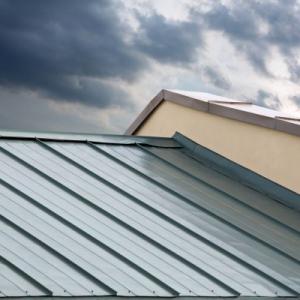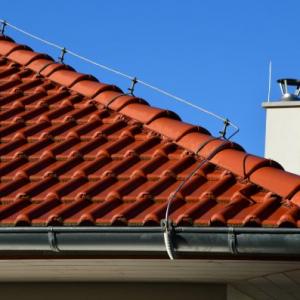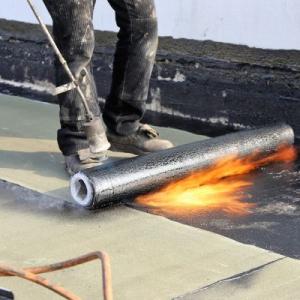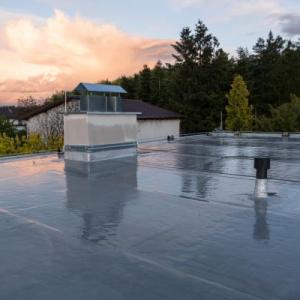
Roof Flashing: Stuart
Roof Flashing in Stuart
Get help with Roof Flashing in Stuart. Fill out the form above and we will connect you with local Stuart pros. Roof flashing is an essential component for any roofing system, providing numerous advantages for homeowners. This specialized material plays a crucial role in preventing water leaks and directing water away from vulnerable areas of the roof, such as joints, chimneys, and skylights. By effectively sealing these vulnerable spots, roof flashing helps to maintain the integrity of the entire roofing structure and prolong its lifespan. Additionally, roof flashing acts as a barrier against potential damage caused by harsh weather conditions, such as heavy rain or snow. With proper installation, roof flashing offers homeowners peace of mind, knowing that their roof is well-protected against water infiltration and potential costly repairs.Roof Flashing FAQ
Q: What Is Roof Flashing And Why Is It Important For A Roofing System?
Answer: Roof flashing is a thin, weatherproof material, usually made of metal, that is installed around roof openings and joints to prevent water from seeping into the roofing system. It is important for a roofing system because it helps to redirect water away from vulnerable areas, such as chimneys, vents, skylights, and roof valleys, ensuring that the roof remains watertight and protected from leaks.Q: How Does Roof Flashing Protect Against Water Leaks And Moisture Damage?
Answer: Roof flashing is a crucial component of a roofing system that helps prevent water leaks and moisture damage. It is typically made of metal, such as aluminum or galvanized steel, and is installed around roof openings, such as chimneys, skylights, and vents. The purpose of flashing is to create a watertight seal between these openings and the roofing materials. By directing water away from vulnerable areas and into the gutters or downspouts, flashing helps prevent water from seeping into the roof and causing leaks or moisture damage.Q: What Are The Different Types Of Roof Flashing And When Are They Used?
Answer: Roof flashing refers to the materials used to prevent water from seeping into the joints and intersections of a roof. The different types of roof flashing include drip edge, valley flashing, step flashing, and chimney flashing. Drip edge is used along the edges of the roof to direct water away from the fascia. Valley flashing is used in the valleys where two roof slopes meet. Step flashing is used along the sides of chimneys, walls, and other vertical structures. Chimney flashing is specifically designed to seal the area around the chimney. These types of flashing are used in specific areas of the roof to ensure proper water drainage and prevent leaks.Q: How Often Should Roof Flashing Be Inspected And Maintained To Ensure Its Effectiveness?
Answer: Roof flashing should be inspected and maintained at least once a year to ensure its effectiveness.Roof flashing is a crucial component of a roofing system that helps to prevent water leaks and damage. It is a thin, weather-resistant material, typically made of metal, that is installed around roof penetrations, such as chimneys, vents, and skylights, as well as along roof edges and valleys. The purpose of roof flashing is to create a watertight seal and direct water away from vulnerable areas, ensuring that the roof remains waterproof. By diverting water, roof flashing helps to protect the structural integrity of the roof and prevent costly water damage inside the building. Proper installation of roof flashing is essential to maintain the longevity and effectiveness of a roofing system.




